Mission Photos: Expedition 29 to the International Space Station
Expedition 29 Nighttime Image of West Africa
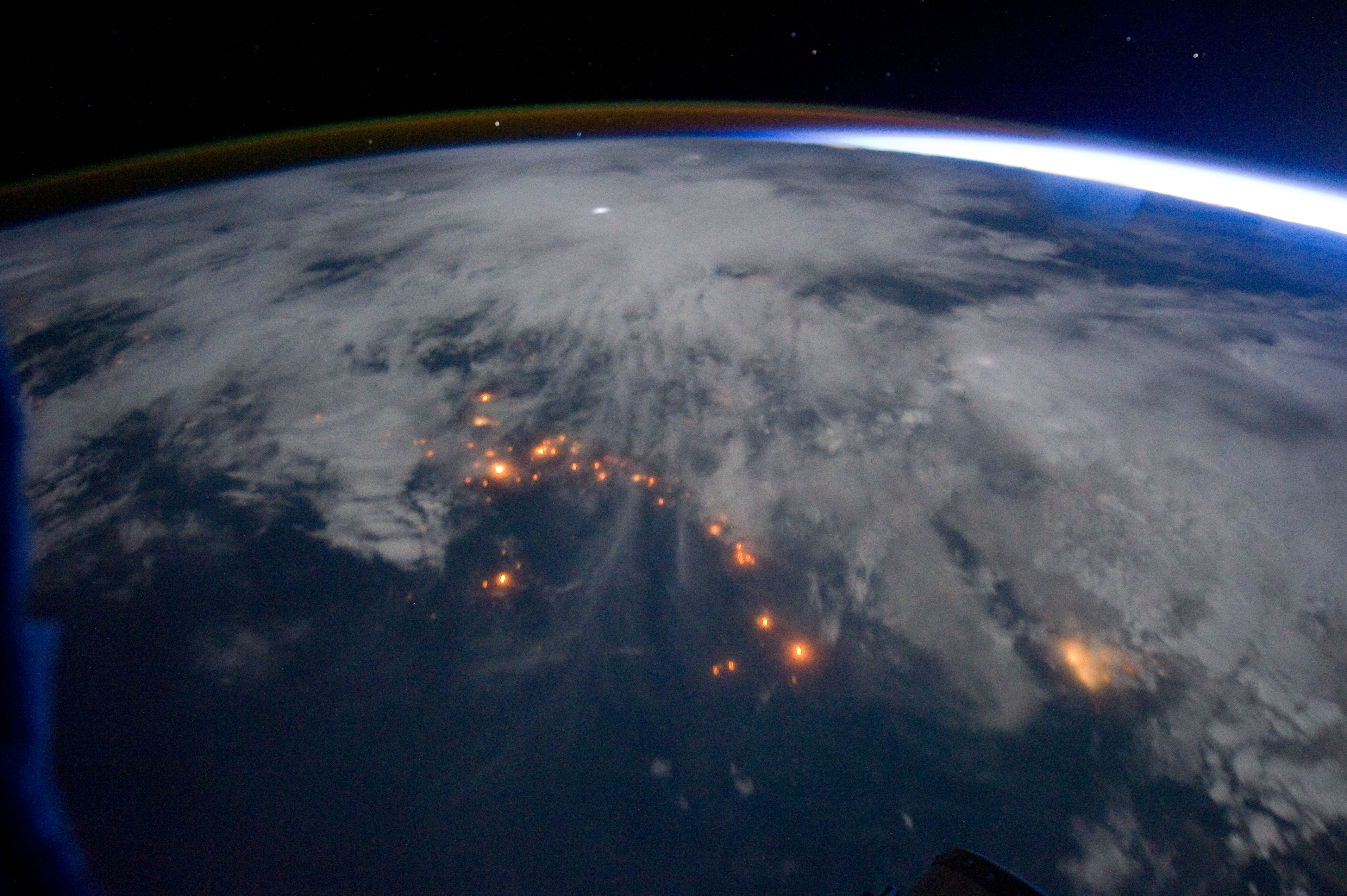
One of the Expedition 29 crew members aboard the International Space Station, approximately 220 miles above Earth, took this nighttime picture showing clouds, lightning, airglow, Earth's terminator and lights of civilization along the central west coast of Africa on Sept. 16, 2011. Nadir coordinates are 9.04 degrees south latitude and 10.18 degrees east longitude.
Expedition Laboratory Freezer
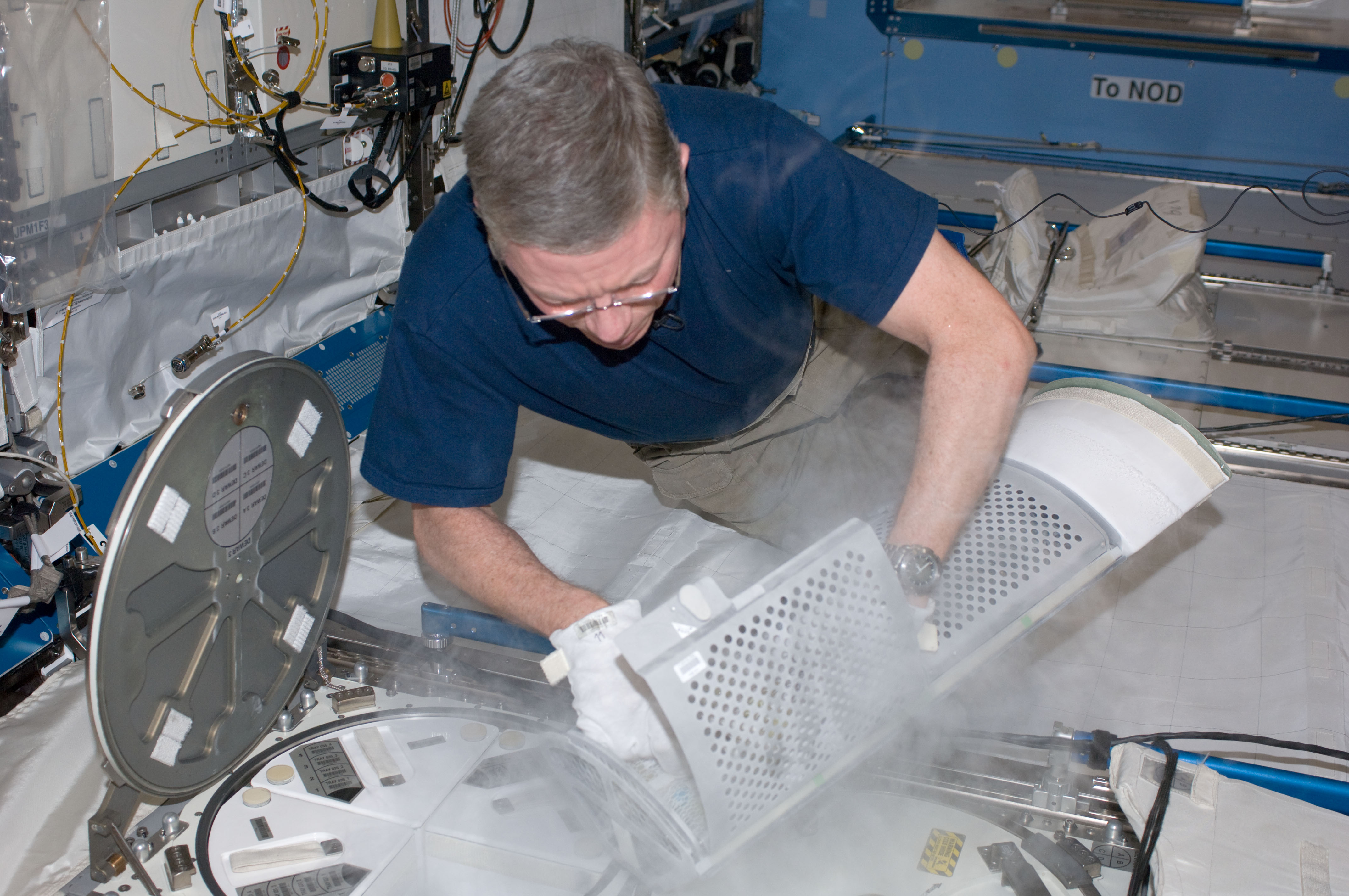
In the International Space Station's Kibo laboratory, NASA astronaut Mike Fossum, Expedition 29 commander, prepares to insert samples into a Minus Eighty Laboratory Freezer for ISS (MELFI-1) dewar tray for the second NUTRITION w/Repository collection period on Oct. 4, 2011.
Satoshi Furukawa Holds a Still Camera in the ISS Cupola
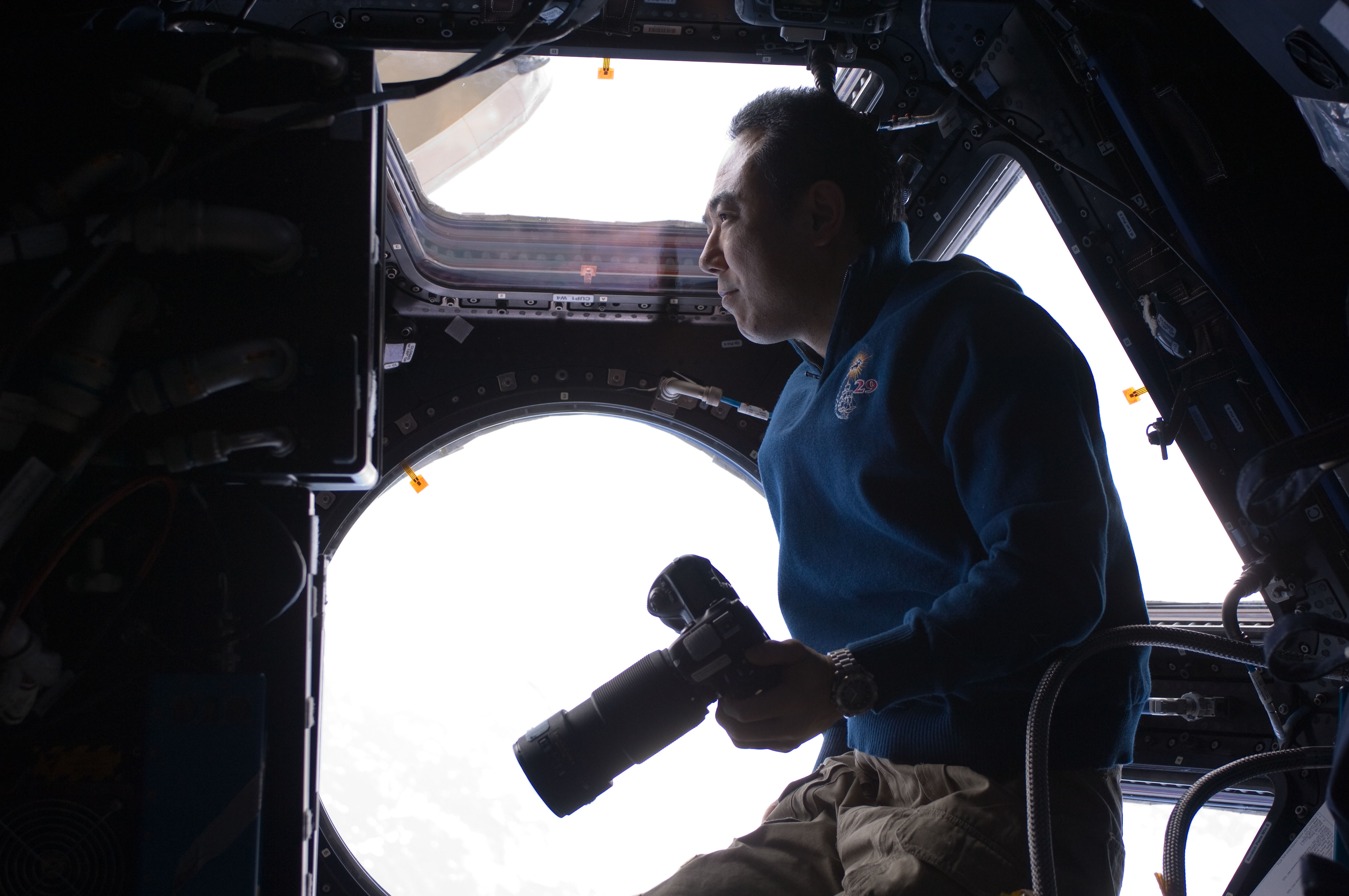
Japan Aerospace Exploration Agency astronaut Satoshi Furukawa, Expedition 29 flight engineer, holds a still camera while looking through a window in the cupola of the International Space Station Space Station on Oct. 30, 2011.
Satoshi Furukawa Looks Out of the Cupola
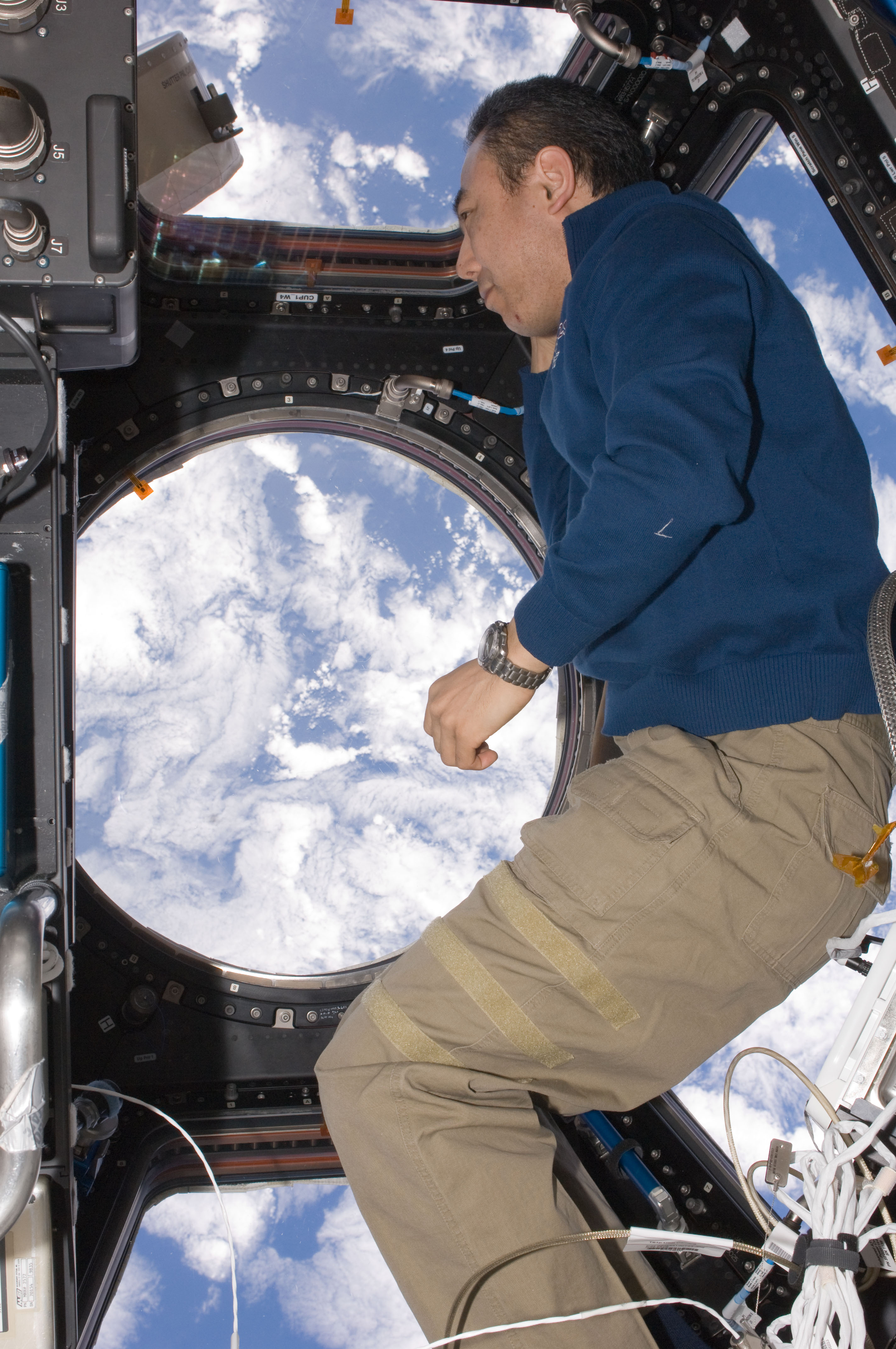
Japan Aerospace Exploration Agency astronaut Satoshi Furukawa, Expedition 29 flight engineer, looks through a window in the Cupola of the International Space Station.
The Progress 42 Vehicle Departs the International Space Station
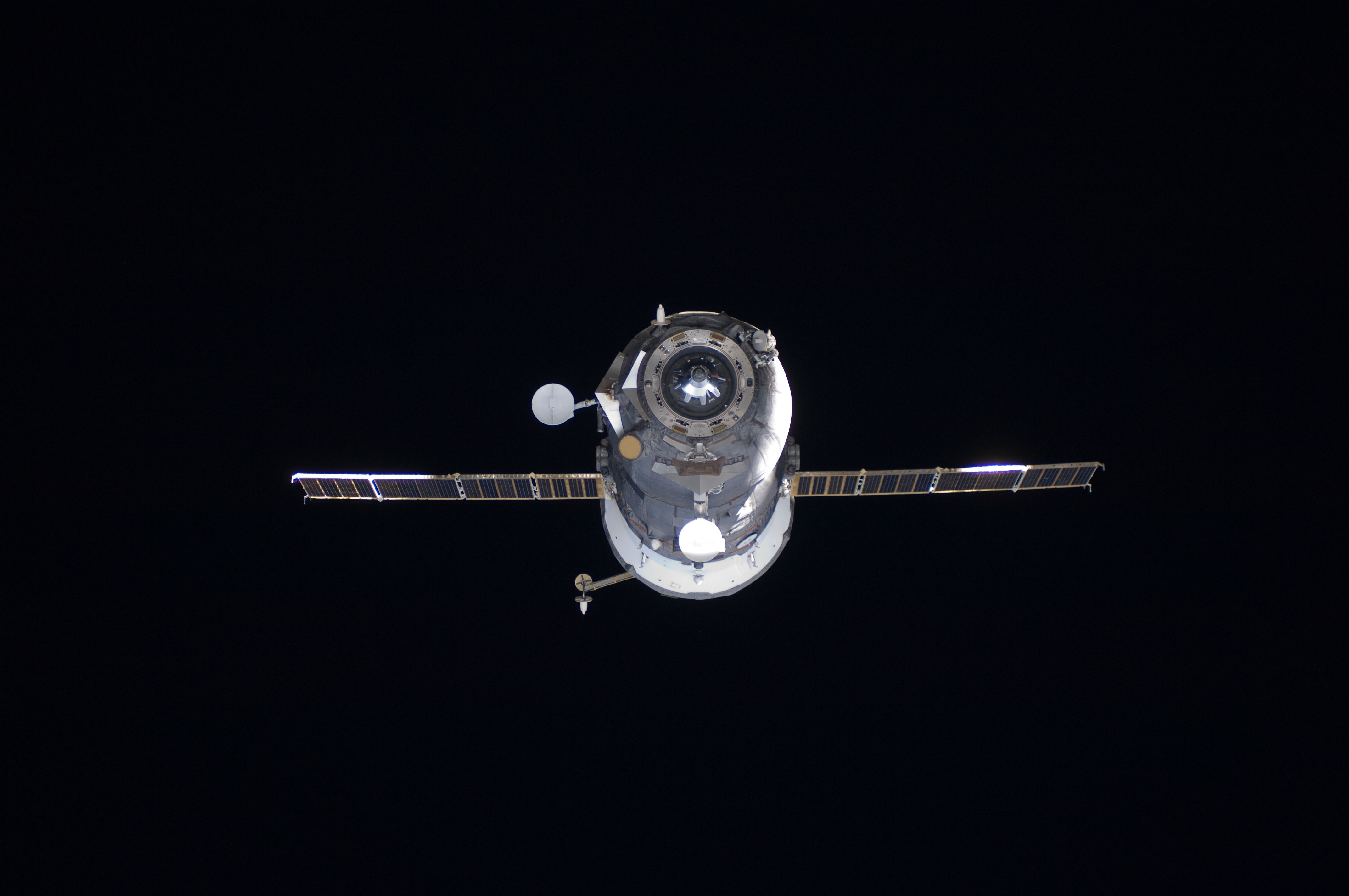
The unpiloted ISS Progress 42 supply vehicle departs from the International Space Station at 5:04 a.m. (EDT) on Oct. 29, 2011. Filled with trash and discarded items, Progress 42 was deorbited at 8:10 a.m., subsequently burning up in Earth's atmosphere. The departure of Progress 42 clears the way for the next unpiloted supply ship, Progress 45, which is set to launch Oct. 30 from the Baikonur Cosmodrome in Kazakhstan bringing 2.9 tons of food, fuel and supplies for the residents of the space station.
Mike Fossum with Floating SPHERES
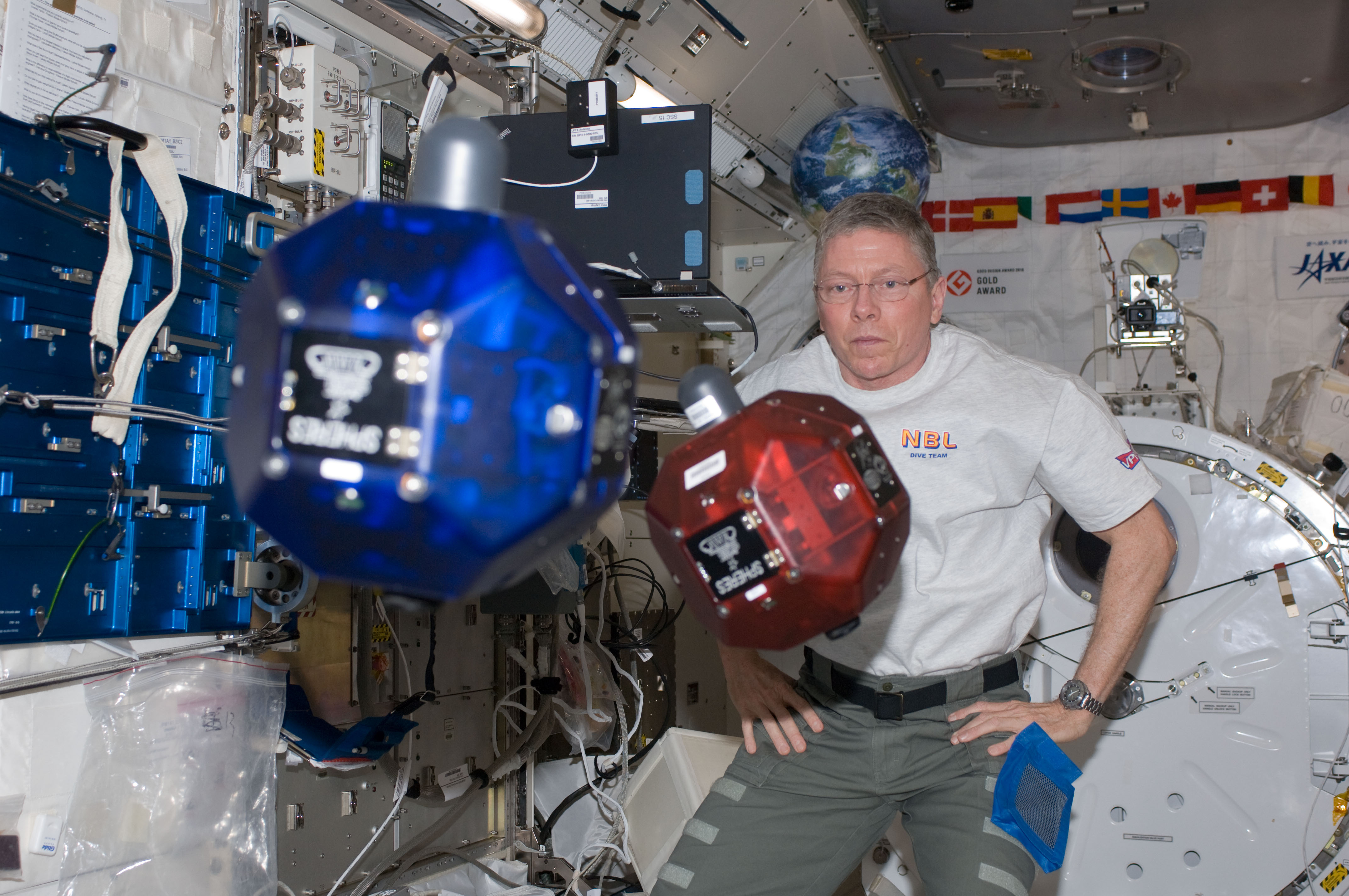
NASA astronaut Mike Fossum, Expedition 29 commander, performs a check on Synchronized Position Hold, Engage, Reorient, Experimental Satellites (SPHERES) floating freely on Oct. 28, 2011, in the Kibo laboratory of the International Space Station.
Crepuscular Rays Photographed Near India
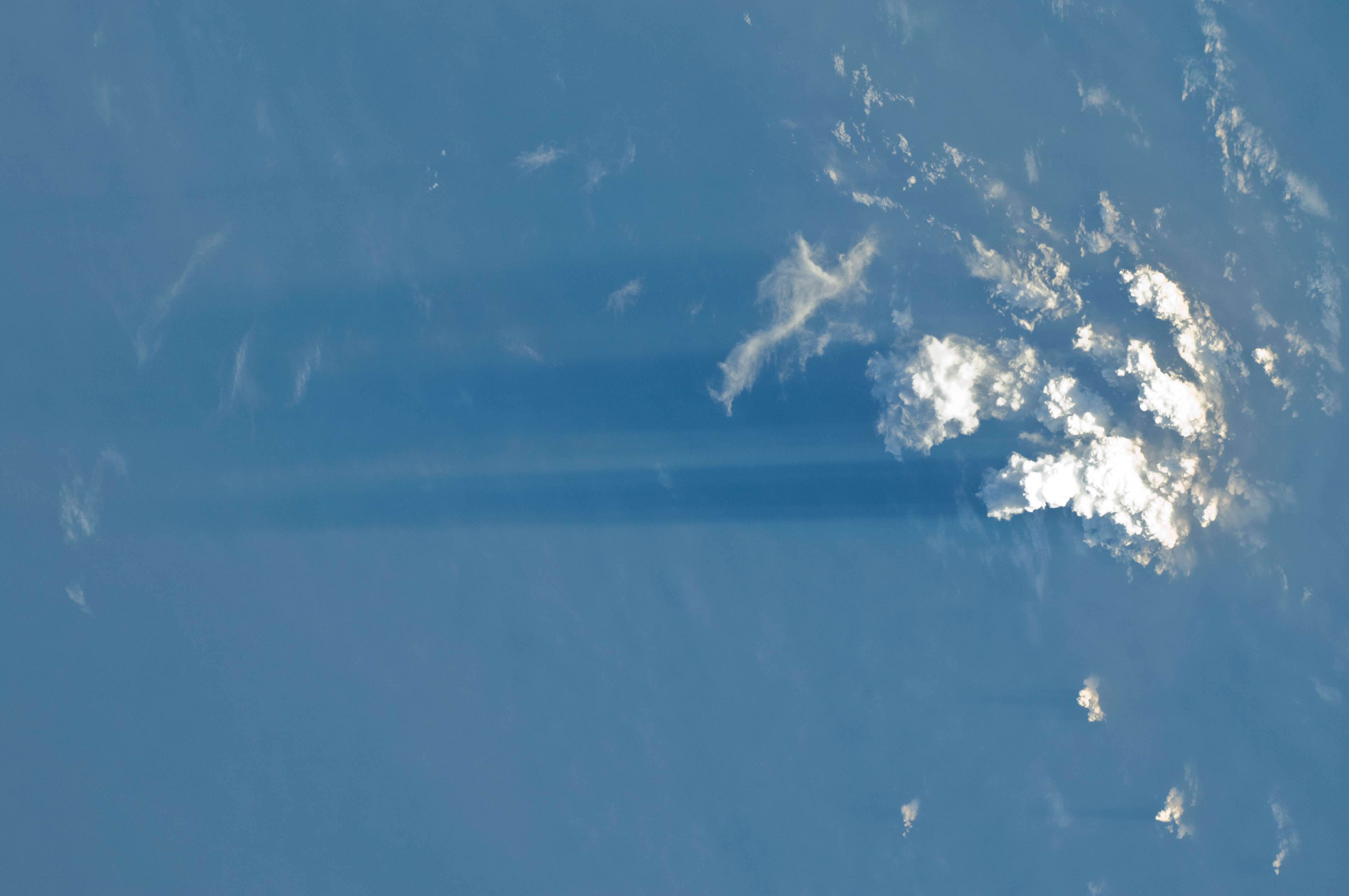
Crepuscular rays near India are featured in this image photographed by an Expedition 29 crew member on Oct. 18, 2011, from the International Space Station. Atmospheric scientists refer to this phenomenon as "crepuscular rays," referring to the typical observation times of either sunrise or sunset. When observed from the ground, crepuscular rays appear to radiate outwards from the source of illumination (the sun) due to the effects of distance and perspective; however the rays are actually parallel. This photograph from the space station provides an unusual viewing perspective from above the rays.
Get the Space.com Newsletter
Breaking space news, the latest updates on rocket launches, skywatching events and more!
Expedition 29 Commander Performs an Experiment
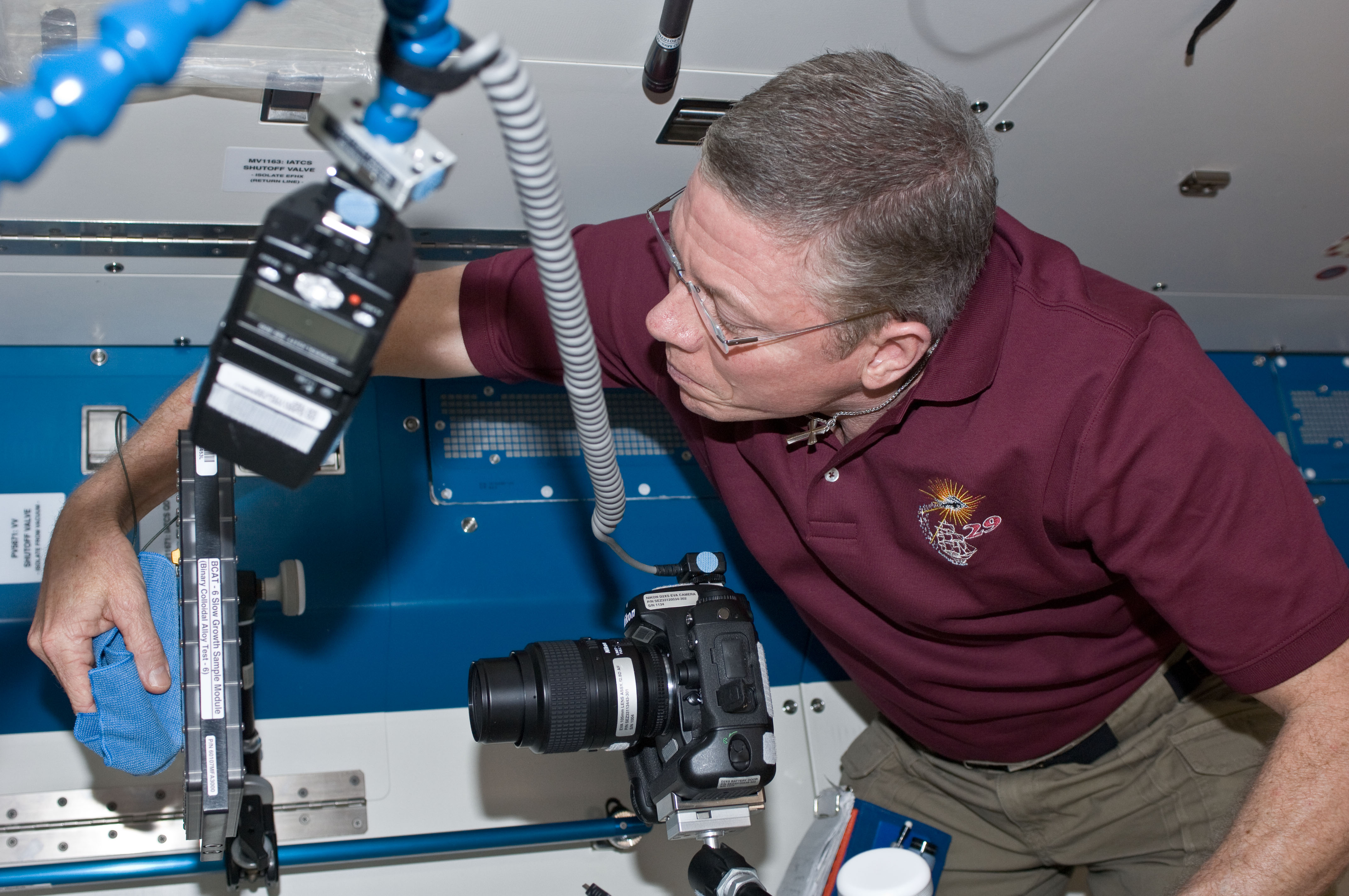
NASA Mike Fossum, Expedition 29 commander, conducts a session with the Binary Colloidal Alloy Test-6 (BCAT-6) experiment in the Kibo laboratory of the International Space Station on Oct. 24, 2011.
Satoshi Furukawa Conducts an Experiment in the Columbus Laboratory
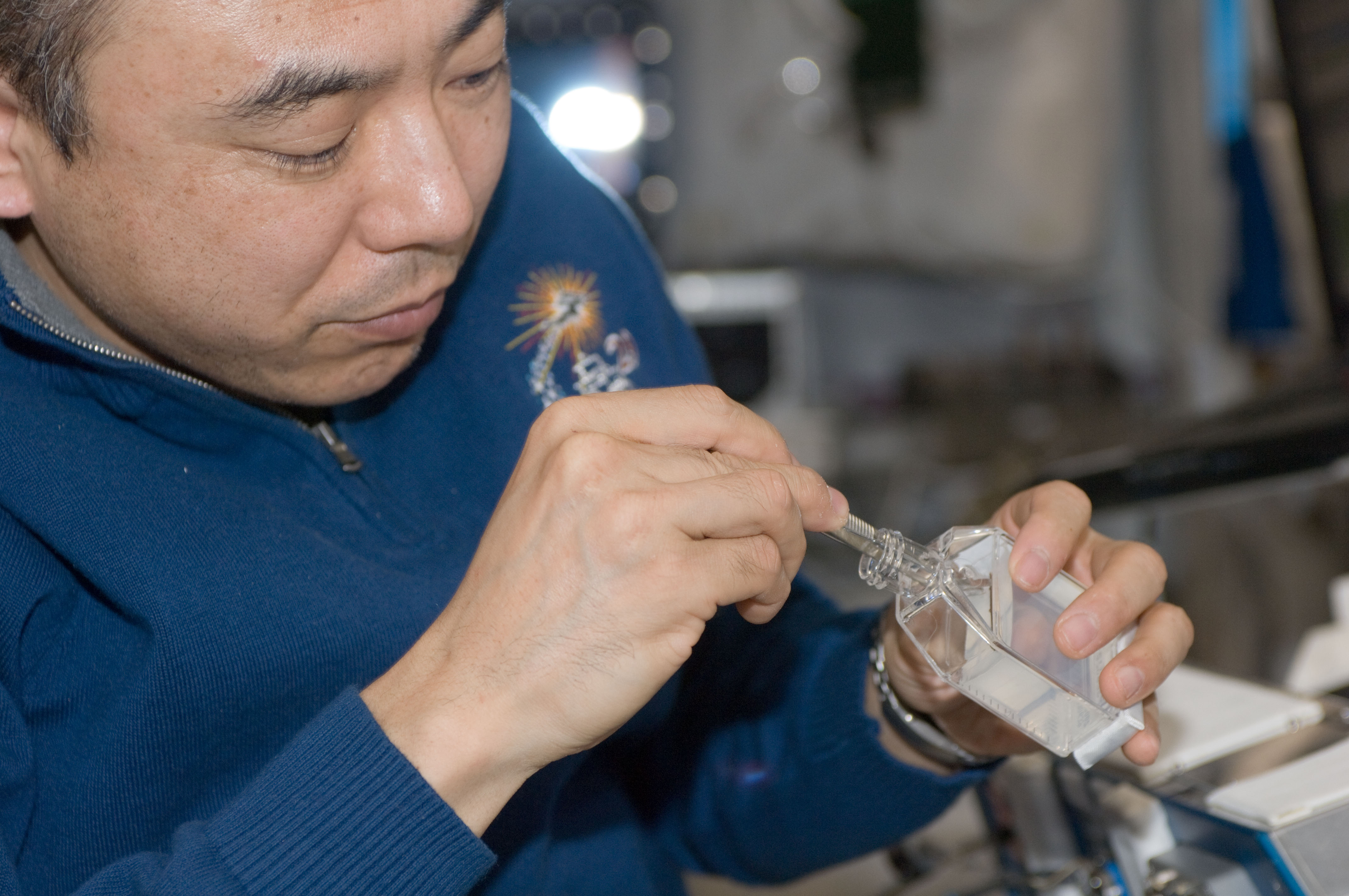
Japan Aerospace Exploration Agency astronaut Satoshi Furukawa, Expedition 29 flight engineer, works on the Commercial Generic Bioprocessing Apparatus 5/Science Insert-05 (CGBA-5/CSI-5) experiment in the Columbus laboratory on Oct. 18, 2011, on the International Space Station.
Satoshi Furukawa Activates the Microgravity Science Glovebox
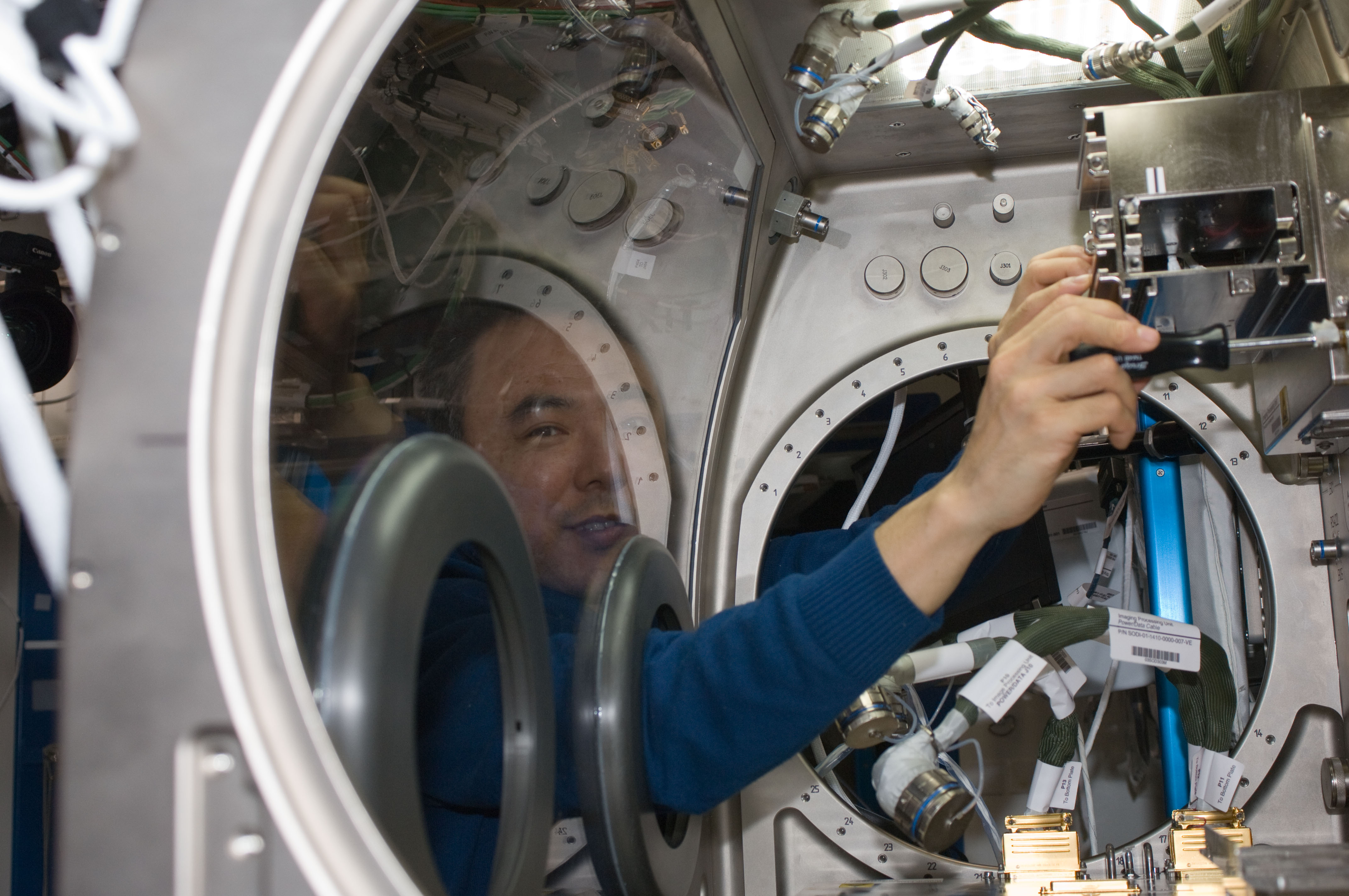
In the International Space Station's Destiny laboratory, Japan Aerospace Exploration Agency astronaut Satoshi Furukawa, Expedition 29 flight engineer, activates the Microgravity Science Glovebox (MSG) on Oct. 17, 2011, in preparation for work with the Selectable Optical Diagnostics Instrument-Colloid (SODI-COLLOID) hardware.
Join our Space Forums to keep talking space on the latest missions, night sky and more! And if you have a news tip, correction or comment, let us know at: community@space.com.

Space.com is the premier source of space exploration, innovation and astronomy news, chronicling (and celebrating) humanity's ongoing expansion across the final frontier. Originally founded in 1999, Space.com is, and always has been, the passion of writers and editors who are space fans and also trained journalists. Our current news team consists of Editor-in-Chief Tariq Malik; Editor Hanneke Weitering, Senior Space Writer Mike Wall; Senior Writer Meghan Bartels; Senior Writer Chelsea Gohd, Senior Writer Tereza Pultarova and Staff Writer Alexander Cox, focusing on e-commerce. Senior Producer Steve Spaleta oversees our space videos, with Diana Whitcroft as our Social Media Editor.









